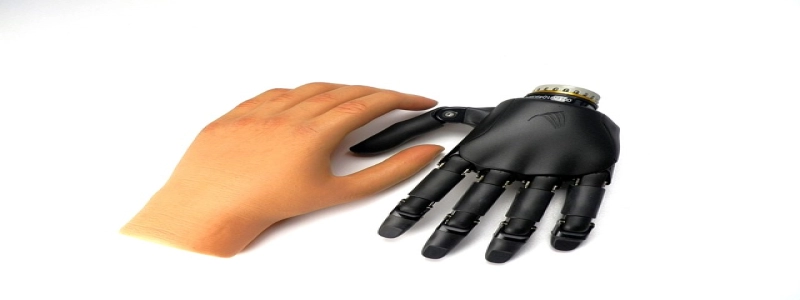Ethernet Backhaul
Introduction
In today’s fast-paced digital world, the demand for high-speed internet access is increasing exponentially. With the advent of new technologies and the rise of smart devices, the need for a reliable and efficient network is more important than ever. This is where Ethernet Backhaul comes into play. In this article, we will explore what Ethernet Backhaul is and how it works.
1. What is Ethernet Backhaul?
Ethernet Backhaul is a networking solution that allows for the transmission of data between multiple access points and a central hub. It is commonly used in wireless network deployments, such as Wi-Fi networks, to connect remote access points to the main network infrastructure. It acts as a backbone for the network, ensuring seamless connectivity and high-speed data transfer.
2. How does Ethernet Backhaul work?
Ethernet Backhaul works by utilizing Ethernet cables to connect access points to a central hub. These access points can be spread across a large area, such as a campus or a city, and the central hub serves as the main point of connection. Each access point is connected to the hub through Ethernet cables, which carry the data packets between the access points and the hub.
3. Benefits of Ethernet Backhaul
Ethernet Backhaul offers several benefits that make it an ideal solution for network deployments. Some of these benefits include:
a. High Speed: Ethernet Backhaul provides high-speed data transfer, allowing for faster internet access and reduced latency.
b. Scalability: Ethernet Backhaul is highly scalable, making it suitable for networks of all sizes. It can easily accommodate additional access points as the network expands.
c. Reliability: Ethernet Backhaul offers a reliable and stable network connection. It ensures that data packets are transferred without loss or interruption.
d. Cost-effective: Ethernet Backhaul is a cost-effective solution compared to other networking options. It utilizes existing Ethernet infrastructure and requires minimal additional equipment.
e. Flexibility: Ethernet Backhaul provides flexibility in network design. It allows for the use of different access points and can support various network topologies.
4. Use Cases of Ethernet Backhaul
Ethernet Backhaul finds applications in various industries and scenarios. Some common use cases include:
a. Smart Cities: Ethernet Backhaul is utilized to connect surveillance cameras, streetlights, and other smart city devices to the central network.
b. Wi-Fi Networks: Ethernet Backhaul is essential for wireless networks, ensuring seamless connectivity and high-speed internet access in public places, such as airports, hotels, and shopping malls.
c. Internet Service Providers: Ethernet Backhaul is used by ISPs to connect their customers’ premises to the main network infrastructure, providing reliable and fast internet access.
d. Industrial Networks: Ethernet Backhaul is employed in industrial settings to connect remote devices and machinery to the main control center, enabling real-time data monitoring and control.
Conclusion
Ethernet Backhaul is a critical component of modern network deployments, providing high-speed, reliable, and scalable connectivity between access points and a central hub. It enables seamless internet access, facilitates the growth of smart devices, and supports various industries and applications. With its numerous benefits and versatility, Ethernet Backhaul continues to be a vital solution for meeting the growing demand for faster and more efficient network connectivity.








